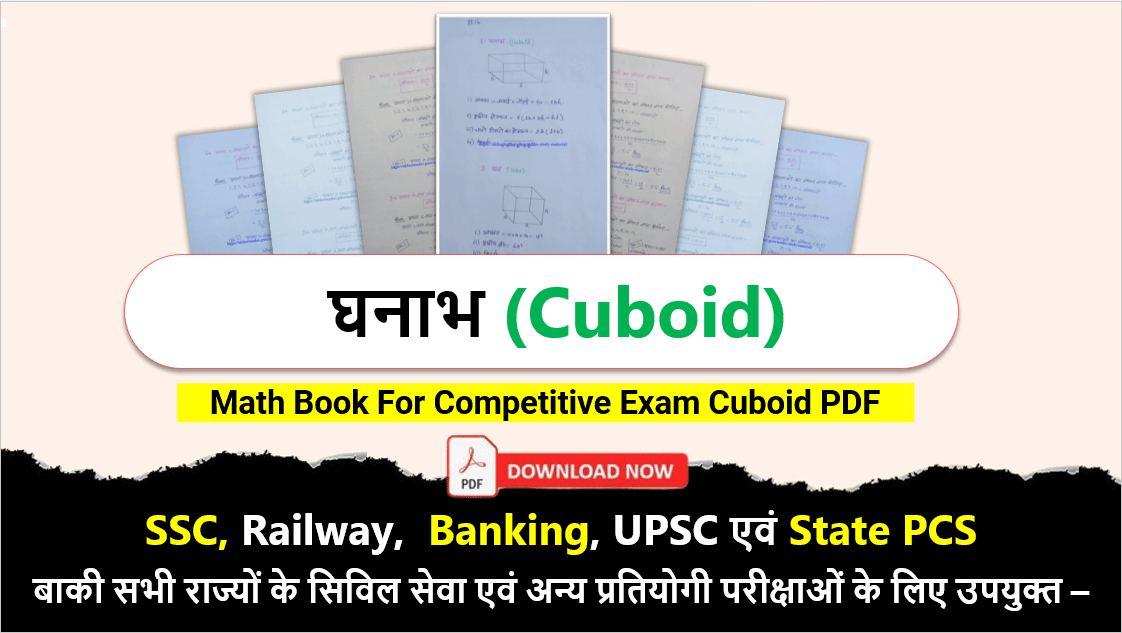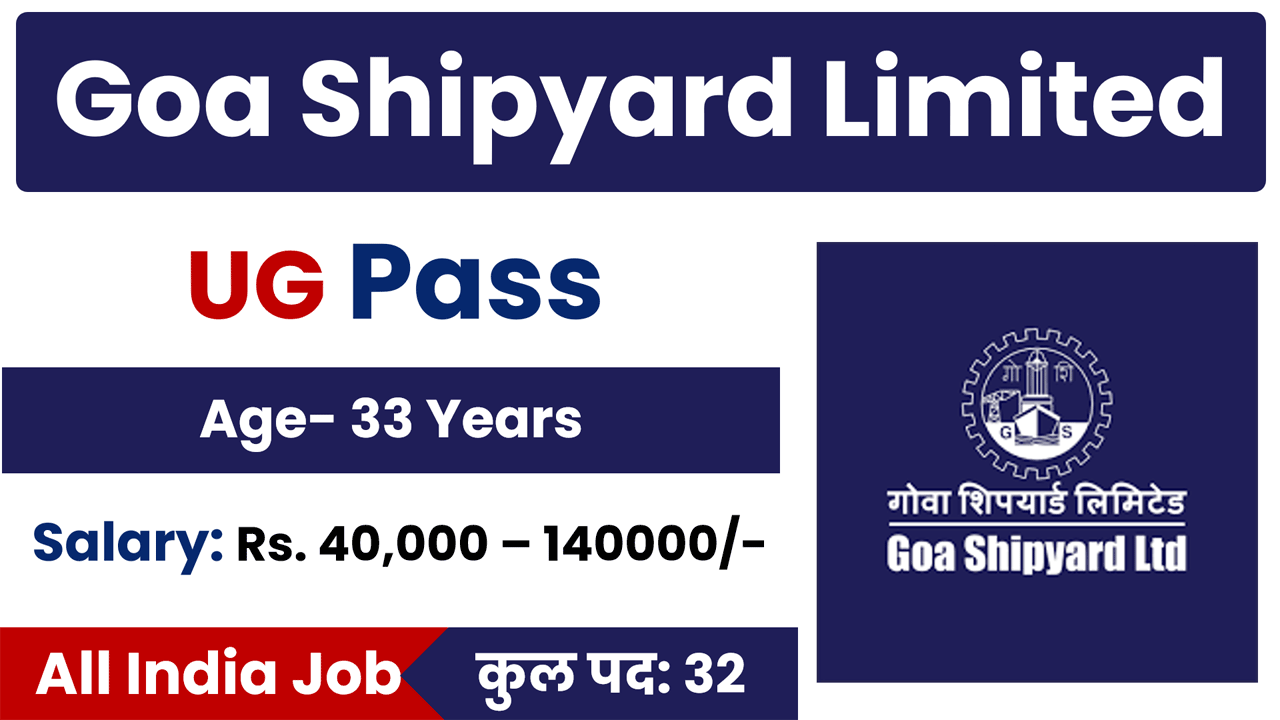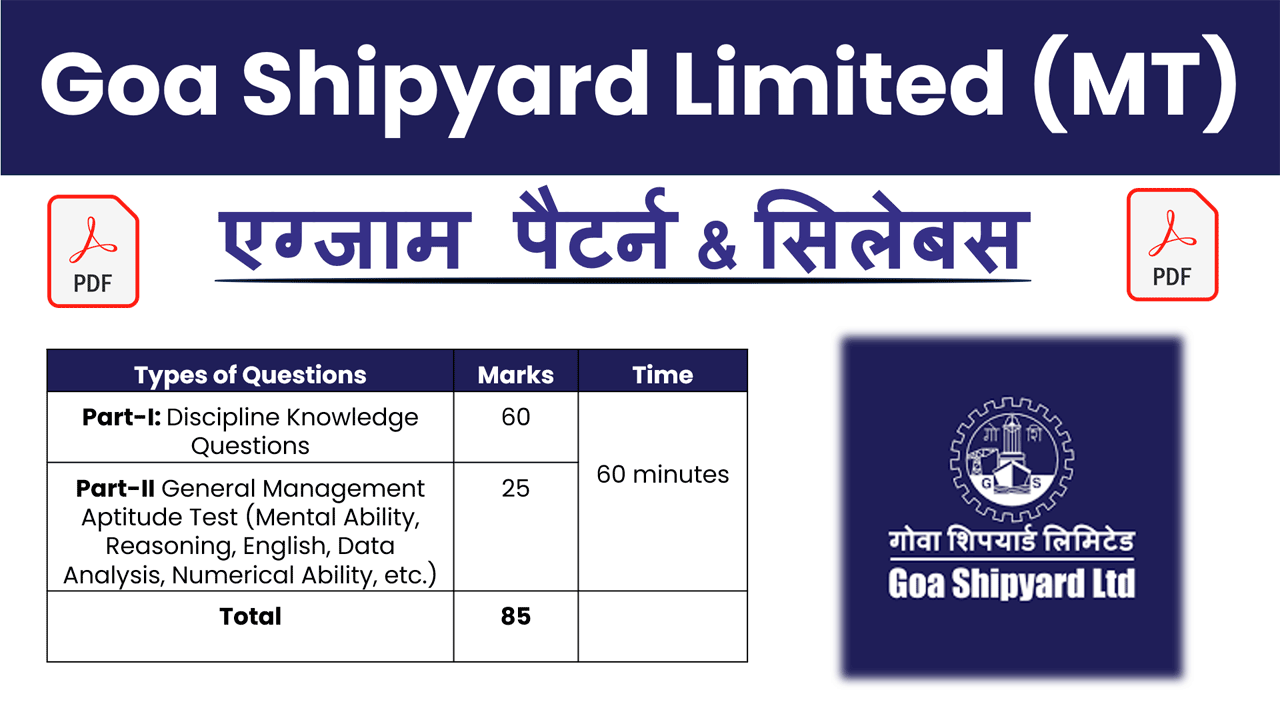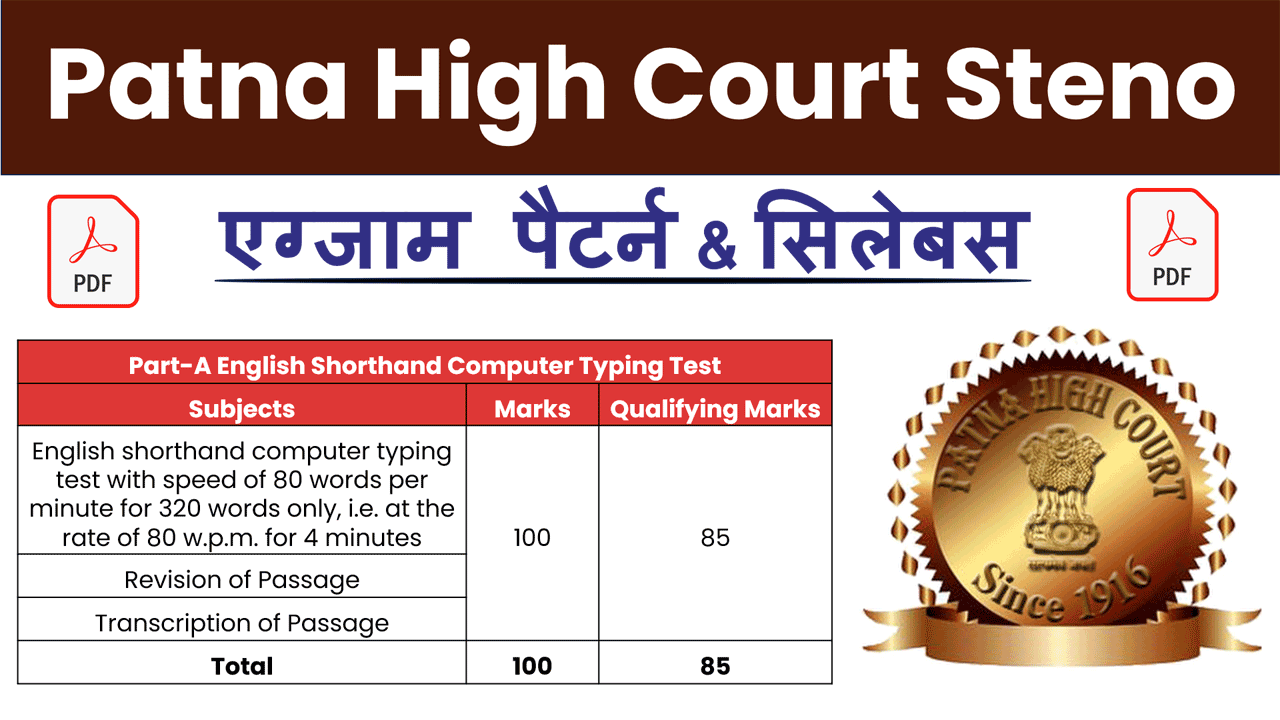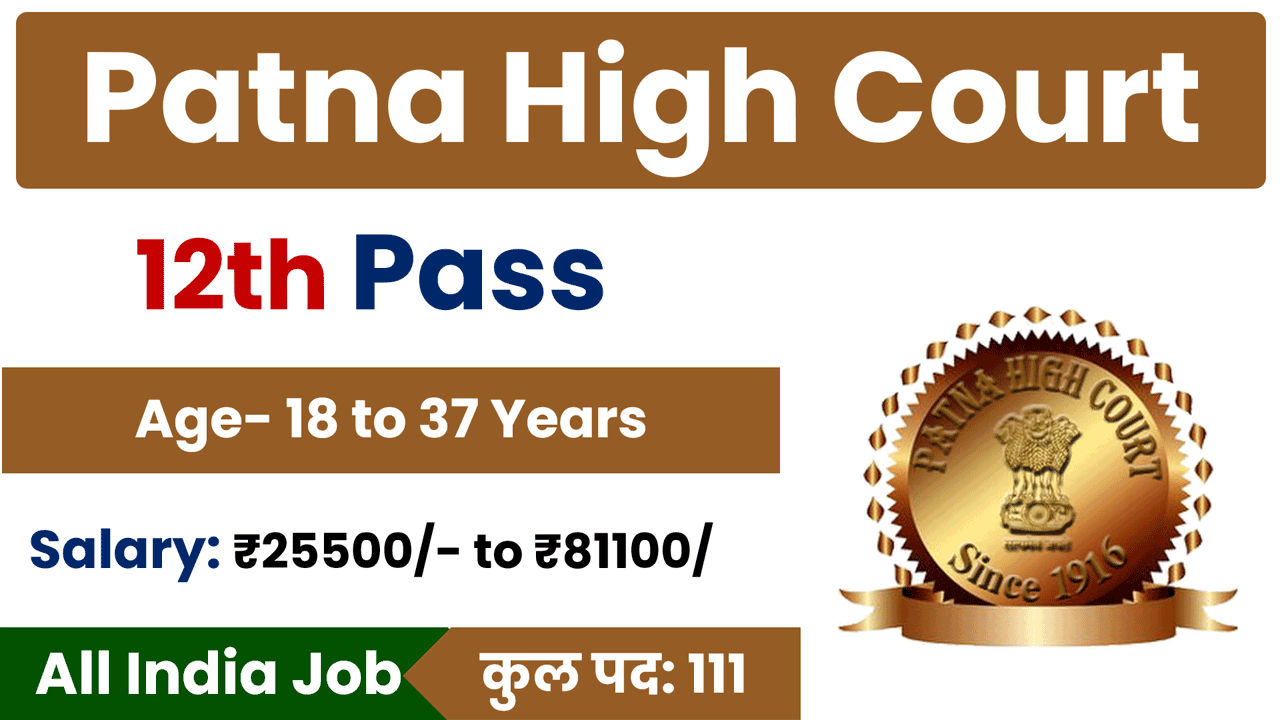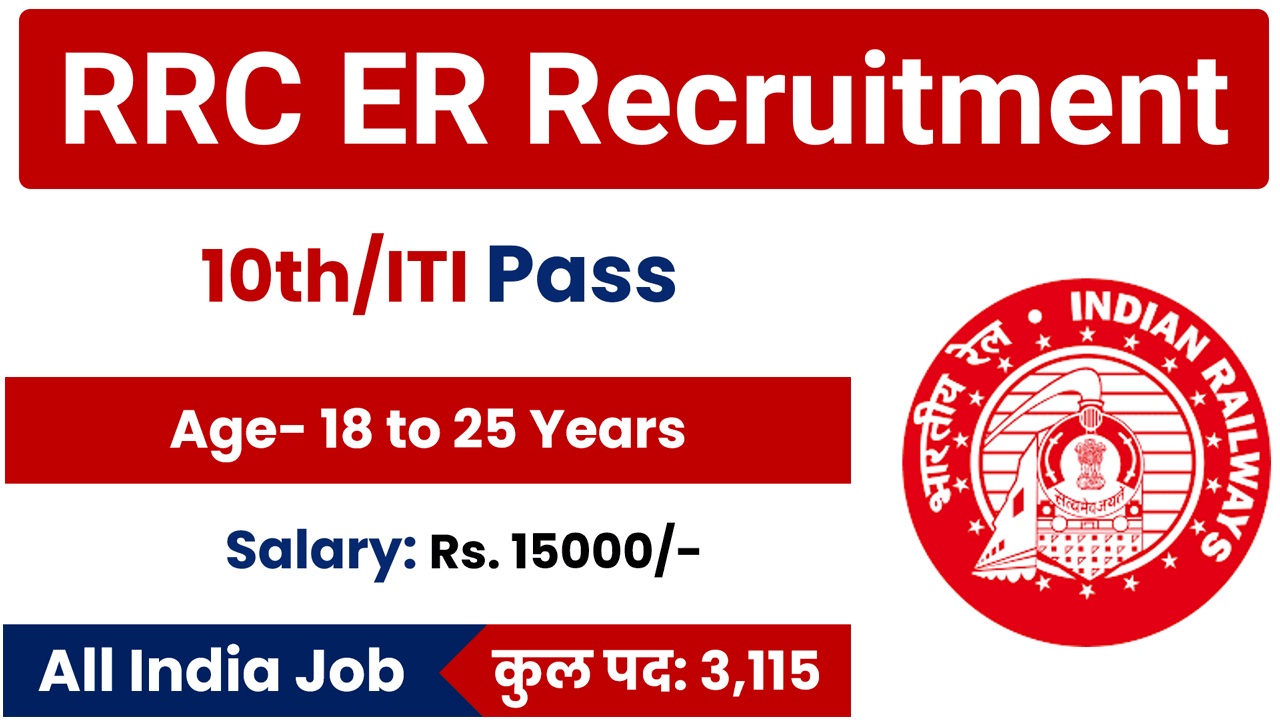Math Book For Competitive Exam Cuboid: Understanding cuboids is essential for mastering geometric concepts in competitive exams. Whether you’re preparing for entrance tests, government job exams, or any competitive assessment, a thorough grasp of cuboids can significantly enhance your performance. This guide explores the intricacies of cuboids, providing you with all the essential knowledge to excel in this critical topic.
| Chapters | Download Links |
| Average📙 | Download 🔗 |
| Compound Interest📙 | Download 🔗 |
| Circle📙 | Download 🔗 |
| Cube & Cube Root📙 | Download 🔗 |
| Cuboid📙 | Download 🔗 |
| Cylinder📙 | Download 🔗 |
| Heights & Distance📙 | Download 🔗 |
| LCM & HCF📙 | Download 🔗 |
| Mixture and Allegation📙 | Download 🔗 |
| Partnership📙 | Download 🔗 |
| Percentage📙 | Download 🔗 |
| Profit, Loss & Discount📙 | Download 🔗 |
| Quadrilateral📙 | Download 🔗 |
| Ratio & Proportion📙 | Download 🔗 |
| Simple Interest📙 | Download 🔗 |
| Simplification📙 | Download 🔗 |
| Speed, Time & Distance📙 | Download 🔗 |
| Sphere📙 | Download 🔗 |
| Square & Square Root📙 | Download 🔗 |
| Time and Work📙 | Download 🔗 |
| Trigonometry📙 | Download 🔗 |
What is a Cuboid?
A cuboid, also known as a rectangular prism, is a three-dimensional shape with six rectangular faces. It has:
- Length (l): The distance between its ends.
- Width (w): The distance between its sides.
- Height (h): The distance between its top and bottom faces.
The volume VVV of a cuboid is calculated as V=l×w×hV = l \times w \times hV=l×w×h.
The surface area AAA of a cuboid is calculated as A=2lw+2lh+2whA = 2lw + 2lh + 2whA=2lw+2lh+2wh.
Importance of Cuboids in Competitive Exams
- Geometric Reasoning: Questions on cuboids assess your ability to understand and manipulate three-dimensional shapes, calculate volumes, surface areas, and solve related problems.
- Visualization Skills: Competency in cuboids enhances your spatial reasoning skills, which are crucial for fields like architecture, engineering, and physics.
- Problem Solving: Many competitive exams feature questions on dimensions, volumes, surface areas, and practical applications of cuboids in real-world scenarios.
Types of Cuboid Problems
- Basic Calculations: These include finding the volume, surface area, and diagonal lengths of cuboids based on given dimensions.
- Applications: Problems involving packing, optimization (such as minimizing surface area for a given volume), and practical applications in construction and engineering.
- Advanced Problem Solving: Questions that require applying cuboid concepts in conjunction with other mathematical principles, such as ratio and proportion or geometry of other shapes.
Tips for Mastering Cuboids
- Understand Formulas: Memorize and understand formulas for calculating volume, surface area, and diagonal lengths of cuboids. Practice applying these formulas to various scenarios.
- Visualize Dimensions: Develop the ability to visualize cuboids in different orientations and perspectives to solve spatial reasoning problems efficiently.
- Practice Variety: Solve a diverse range of cuboid problems from previous exams, mock tests, and textbooks to strengthen your understanding and problem-solving skills.
Conclusion
Mastering cuboids is not just about mathematical proficiency; it’s about developing spatial reasoning and problem-solving abilities. By practicing different types of cuboid problems and understanding their applications, you can approach competitive exams with confidence. Remember, a solid foundation in cuboids is beneficial not only for exams but also for careers requiring geometric analysis and spatial visualization skills.
About the Math Book
Looking for a comprehensive guide to mastering cuboids and other geometric topics for competitive exams? Our Math Book For Competitive Exam offers detailed explanations, practice exercises, and expert tips to help you succeed. Stay tuned for more chapters covering essential mathematical concepts!

